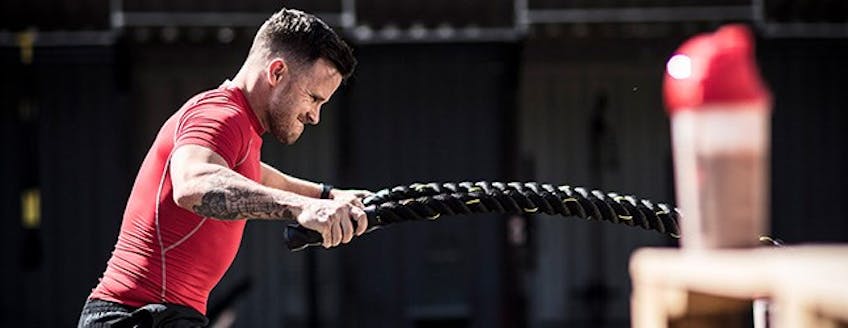Types of creatine
Creatine is one of the most widely researched supplements. There are many types of creatine supplements available today which help to support your exercise performance so that you can continue to train at an optimum level for the entire duration of your workout, by slowing down the depletion of creatine stores. This guide sets out the some creatine variations and what they all mean:
Buffered creatine
Also trademarked as Kre-Alkalyn, this is pH-corrected creatine in the form of creatine monohydrate mixed with sodium bicarbonate (or baking soda as its otherwise known).
Creatine citrate
This is creatine that is bound to citric acid, with around 40 per cent creatine making up the solution.
Effervescent creatine
An alternative to creatine being used in liquid solutions, effervescent creatine comprises of creatine monohydrate, citric acid and bicarbonate.
Creatine ethyl ester
Usually shortened to CEE, creatine ethyl ester is an addition of an ethyl group to creatine. Creatine ethyl ester tablets and powder are both available.
Glycosylated creatine
A newer form of creatine compared to many on this list, glycosylated creatine stands out because of the polyethylene glycol.
Creatine hydrochloride
Often shortened to HCI, creatine hydrochloride is creatine that is bound with hydrochloric acid which turns into a basic creatine molecule once in the stomach.
Liquid creatine
This is quite simply a type of creatine that is suspended in liquid.
Creatine magnesium chelate
Creatine magnesium chelate is creatine that is bound to magnesium.
Creatine malate
Creatine malate is made up of creatine that is bound with malic acid.
Di-creatine malate
This is a type of creatine that consists of two creatine molecules, which are then bonded with one molecule of malic acid. It is more water soluble than regular creatine monohydrate.
Tri-creatine malate
Similar to di-creatine malate, though tri-creatine malate is made up of three creatine molecules bonded with one molecule of malic acid. It is more water soluble than regular creatine monohydrate.
Micronized creatine
Micronized creatine is a variation of creatine that produces smaller particles than standard creatine powder, purported to aid absorption and mixability.
Creatine nitrate
A type of creatine that is bound with a nitrate group — creatine nitrate is designed to increase water solubility.
Creatine orotate
This is creatine that is bonded to orotic acid — an organic acid.
Creatine phosphate
Made up of around 60 per cent creatine, creatine phosphate works on the concept that creatine must bond with a phosphate group to become creatine phosphate.
Creatine pyruvate
Creatine pyruvate is made up of creatine that is bound with pyruvic acid; a colourless, water-soluble and organic liquid that supplies energy to living cells through the citric acid cycle — or the Krebs cycle — whenever oxygen is present.
Creatine monohydrate
Taking the form of creatine with a water molecule, creatine monohydrate is the most widely studied form of creatine on the market today – and one of the most common creatine supplements. As a supplement it can be mixed with a high sugar sports drink and taken before, during or after your workout to help prolong depletion of creatine stores in your muscles. When 3g of creatine are consumed per day, it can increase your exercise performance during repeated short, intense bursts of exercise.












